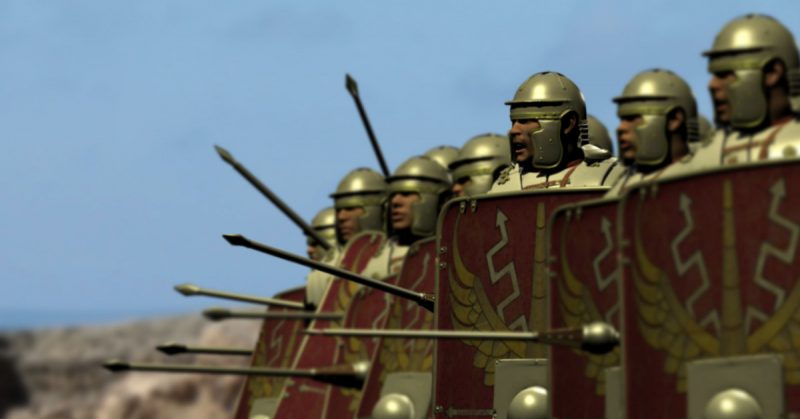It’s a terrible reality that war can be useful for a country. It spurs economic growth and helps a nation expand its territory. The military acumen of the generals grows with experience and war can often result in military innovations and advancements. When campaigns are fought on many fronts, an army must find ways to fight on all sides or literally die trying.
When up against an organized foe of equal strength, leaders must learn from their mistakes. The Romans became great soldiers this way, particularly when engaged in a conflict with four enemies: the Samnites, the Etruscans, the Gaults, and the Umbrians. All these armies would eventually collapse under the might of the Roman Empire.
After the second Punic War, the Roman Republic was at its height, but its armies were yet not the incredible force they would become. The Samnite Wars began in 341 BC and concluded in 290 B.C. Almost throughout, Rome’s victory was by no means a sure thing.
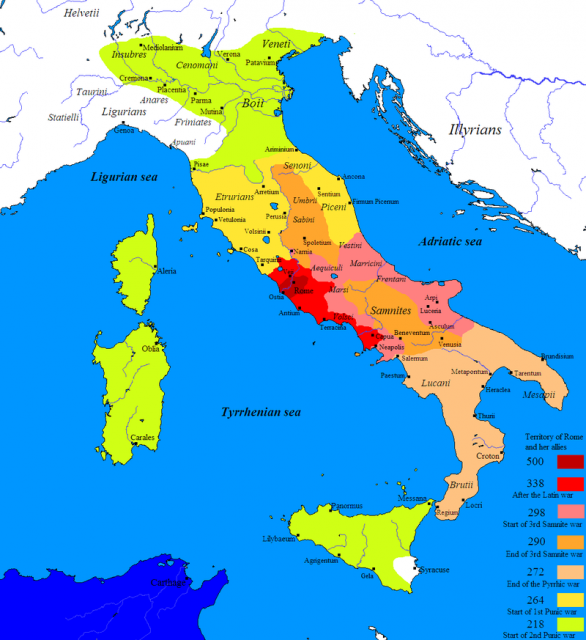
The Samnites were a rural people accustomed to the perils of mountain life. When they tried to inflict their rules and way of life on the nearby town of Capua, its residents rebelled and turned to Rome for help. Rome came to the Campanians’ rescue, and so the Samnite Wars began. The war lasted for 50 years across three separate time periods. When Rome was fighting, its military, engineering sector, culture, and geography all benefited greatly.
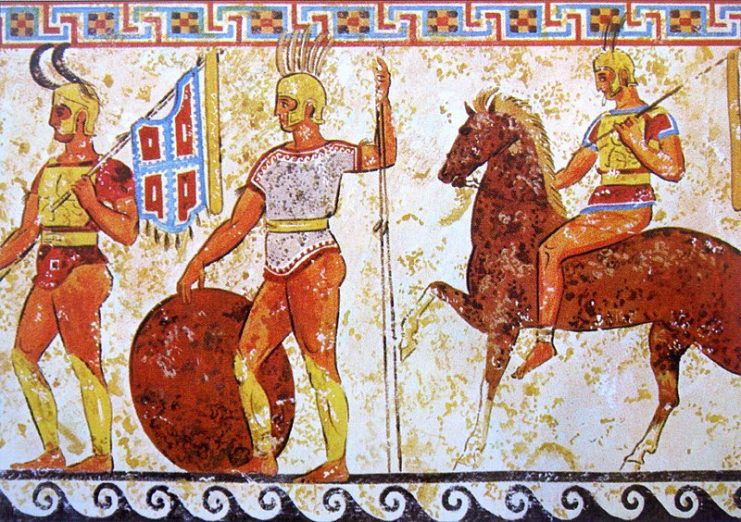
The phrase “all roads lead to Rome” is a cliche for a very good reason. The Romans built the first roads, some of which are still used today, during the Samnite Wars. Road-building was the method they used to get soldiers and supplies to battlefields. The Appian Way, a two-way road that went in and out of Rome, was constructed for that purpose. The world’s first aqueduct was built then too, giving Roman citizens access to fresh mountain water that they had never had before.
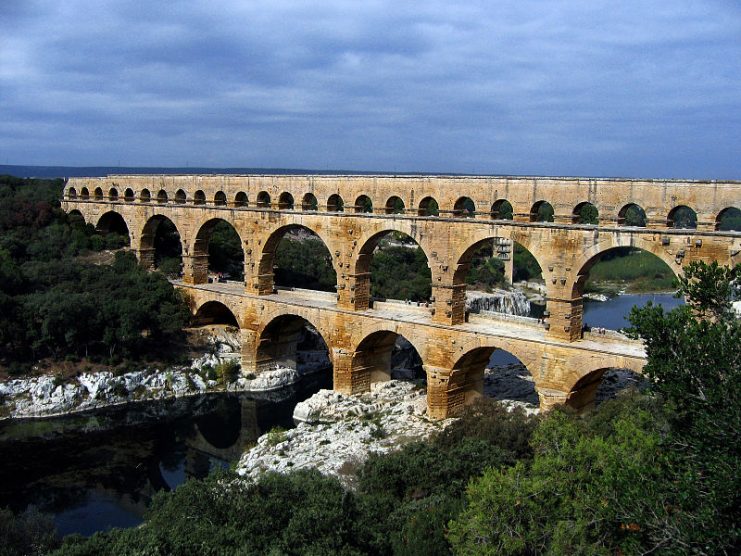
Rome also established colonies outside of the city, filled with people who had full rights and subscribed to Roman ideology. Roman soldiers could march through these “mini cities” rather than around them and consequently made it to battle more quickly.
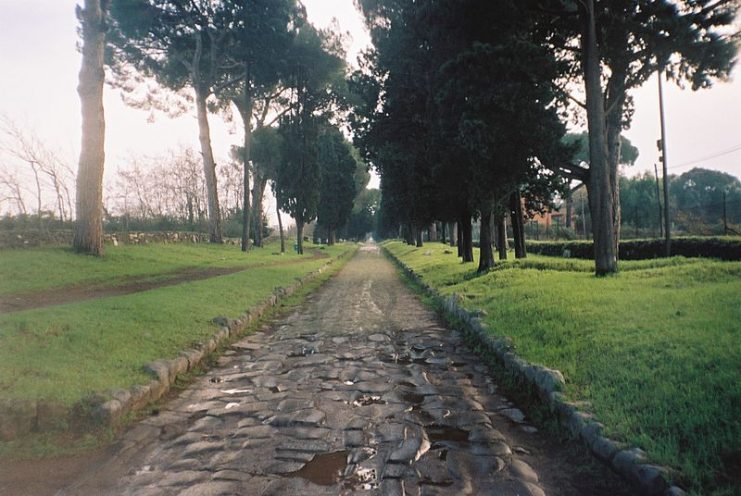
During the first years of the Samite Wars, the opposing sides were relatively evenly matched. Rome had a more substantial population from which to fuel its army, but the Samnites had more military skill.
When the latter was joined by the Etruscans, Rome was thrust into battle on two fronts. Then they were confronted by the Gauls, an enemy of whom Rome was starkly afraid. Rome was besieged on all sides and needed to change its strategies quickly.
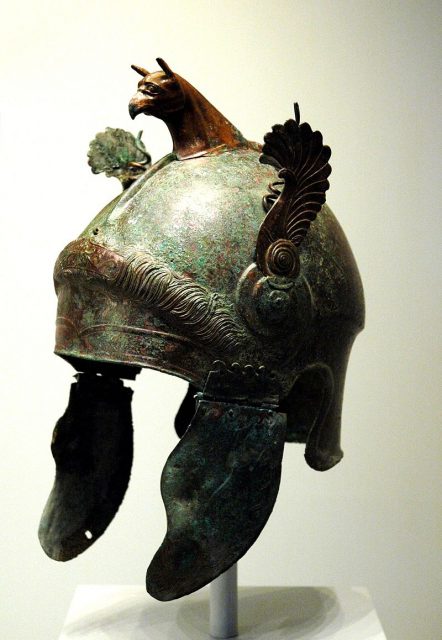
One humiliating defeat at Caudine Forks was all it took for Roman soldiers to adopt a stricter discipline as well as the Greek phalanx method of fighting. But that didn’t work well on the mountainous terrain, so instead soldiers were placed in a kind of “checkerboard” pattern. New recruits were at the front, the experienced men at the rear. These changes allowed Roman soldiers to adapt to almost any geography.
Rome’s leaders were gaining more experience and evolving better tactical fighting methods. Even when the Roman generals faced a professional army under Pyrrhus of Epirus, they were not defeated.
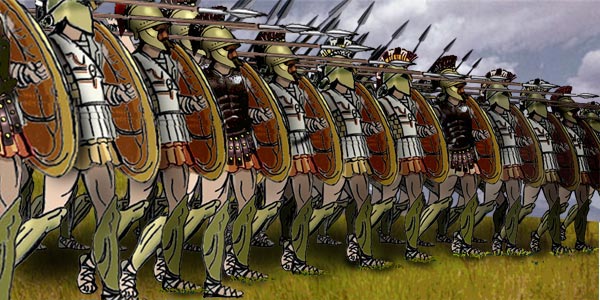
Read another story from us: Warrior Queen, Romans and a Now Famous Street – Battle Of Watling Street
Perhaps the most significant improvement the Roman Army made in response the long Samnite Wars was to increase its discipline. However, there were also engineering feats that came with a long, drawn-out war. The Romans were victorious in all but one battle during the conflicts, but even that defeat gave the army the skill, experience, and other advantages it needed to conquer the entire Mediterranean region.
